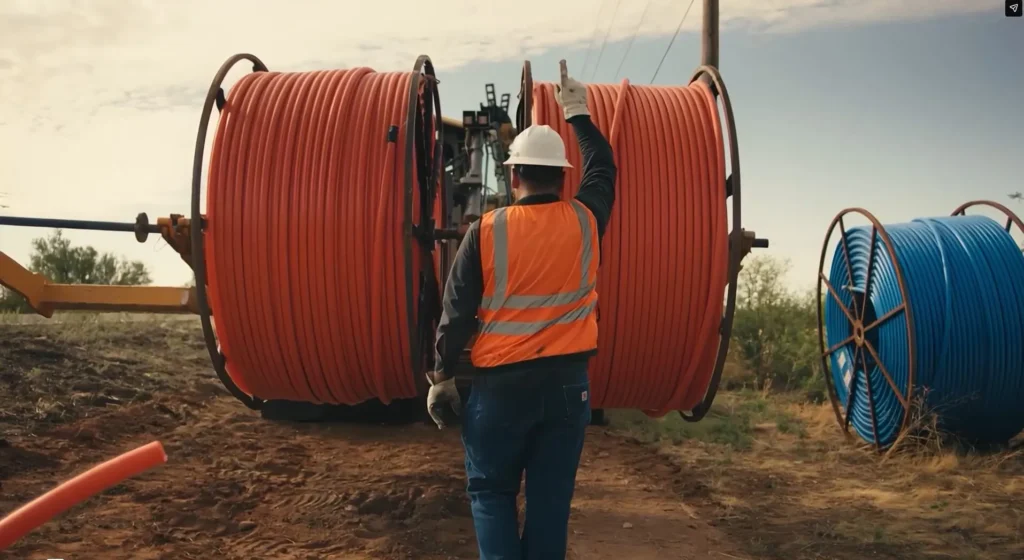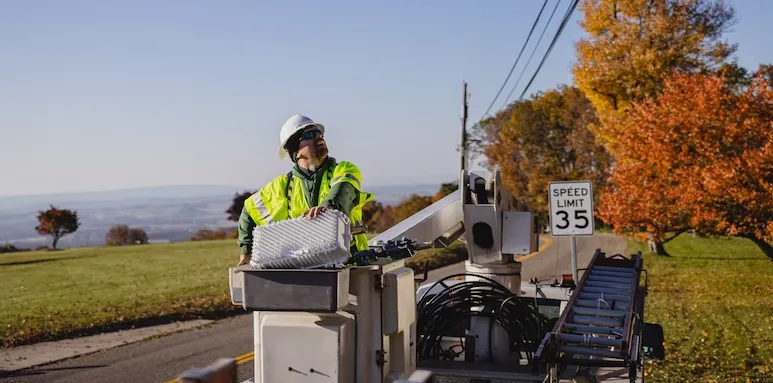As the COVID-19 pandemic continues to spread and cause uncertainty, internet service providers are working tirelessly to ensure Americans can depend on their home internet connections, which have become more important than ever before. That’s why we virtually-chatted with Kevin Hart, Cox Communication’s Chief Product & Technology Officer, and Len Barlik, Cox’s Chief Operating Officer, to learn more specifics about the company’s response to this pandemic, and why customers can breathe a sigh of relief with one less thing to worry about

“We are focused on keeping our employees and customers safe and delivering the service our customers count on during this unprecedented time,” said Barlik.
Similar to some of its cable broadband peers, Cox has supported the FCC Keep America Connected Pledge, is offering temporary free broadband for low income K-12 families, increasing speeds, lowering prices and waiving usage allowances to support unexpected increases in online activity during the crisis.
“We’ve also implemented travel restrictions, work from home for as much as the organization as possible (including call centers and Network Operations Center, which we’ve never done before) and added safeguards to help protect our people in the field,” continued Barlik, “We may not be shaking hands, but our teams are working harder and smarter to take care of customers while taking precautions.”

Like most ISPs, Cox’s network was in a strong position before the novel coronavirus upended our lives. That’s because long term development plans have been focused on dramatically increasing capacity and speed with things like the DOCSIS 3.1 rollout and updates to head ends and other key infrastructure.
“This is a short-term crisis, but we’ve been executing a long-term plan, being able to handle the increased demand and growth on our networks,” Hart explained. “From a network perspective, we’ve been working on a multi-year transformation on the road to 10G, which includes deploying DOCSIS 3.1, taking fiber deep, adding more upstream capacity and using software enabled Remote PHY devices, smart nodes that in the future we can monitor and make changes to remotely. These things we’ve been working on for a couple years have put us in a very good spot to handle peak demand.”
The current network in place has enough capacity to handle the sudden shift in usage trends, and new innovations allow quick emergency repairs just in case. Cox’s network is also somewhat unique in their ‘triversity’ system, which Hart explained means, “three redundant backbone routes into all of our major metro areas. Actually, just a couple of weeks ago we had a mudslide, a tornado, and a damaged pole, so we had multiple pinch points but based on our triverse routes we were able to keep continuity on the service.”
On top of that, Cox engineers are constantly monitoring 26,000 nodes across their network for any potential warning signs. Cox even has the ability to quickly perform something called a mid-split, which increases upload capacity for a service area. “It requires a couple hour maintenance window where we swap out some of the amplifiers and upgrade the equipment,” Hart explained. Beyond that, in “some unique cases, particularly if it’s a commercial intense node we can take fiber to the premise and relieve pressure off that node that may also be serving residential customers. There is a bit of longer lead time for new construction but we’ve got a couple other techniques that can mitigate in the short term.”
Like all internet providers, Cox provides critical services that must stay operational in emergency situations. With different parts of the country impacted to different degrees, Cox is working with law enforcement and local governments to make sure their crews are given free movement in areas experiencing lockdowns.
As the COVID-19 situation develops, cable ISPs will continue working tirelessly to ensure a smooth internet experience. For more information on how America’s broadband leaders are responding to the pandemic and what you can expect, be sure to visit our website.









